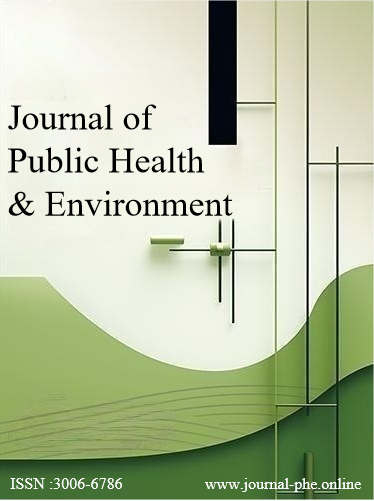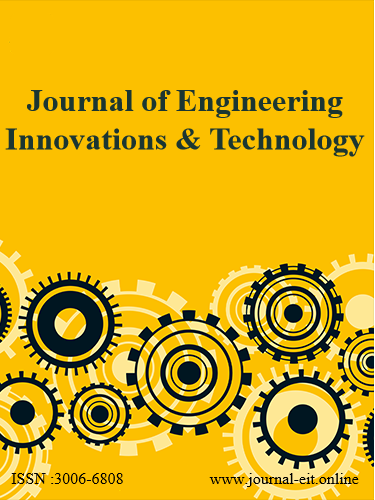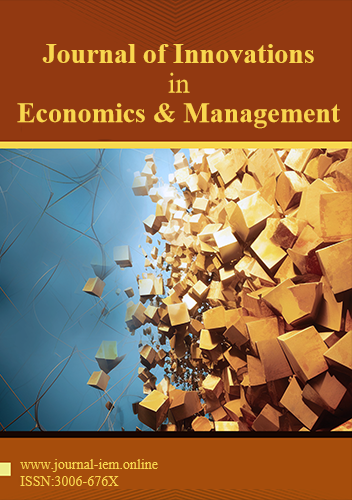 An open access journal
An open access journal
Predictive Analysis of Post-Traumatic Stress Disorder (PTSD) in Firefighters Using a Stacking Fusion Model
Abstract
Objective With the rapid progression of urbanization and technological advancements, firefighters increasingly face complex emergency rescue challenges, making them more susceptible to Post-Traumatic Stress Disorder (PTSD). This study aims to develop an efficient tool to predict and identify PTSD risks among firefighters, ensuring their mental well-being and enhancing rescue efficiency. Methods Detailed data collection and analysis were conducted across multiple fire brigades. The data underwent a series of rigorous preprocessing steps, including cleaning, normalization, and feature importance screening. The SMOTE technique was employed to enhance sample balance. Subsequently, we constructed a predictive model based on the Stacking strategy, integrating multiple algorithms such as Random Forests, Gradient Boosting, Support Vector Machines, and k-Nearest Neighbors. Results The model consistently exhibited outstanding performance in a series of validation tests. Its overall accuracy reached an impressive 96%, with F1 scores of 0.94 and 0.98 for non-PTSD and PTSD categories, respectively. Conclusion We have successfully designed a highly precise PTSD risk prediction model for the fire safety domain. This not only aids in bolstering the psychological support for firefighters but also offers valuable insights for mental health research and public health policy formulation. This study hopes to provide value for both academic research and practical applications.
Share and Cite
Article Metrics
References
- Zhou Na, Li Ling, Cui Yi, etc. Post-traumatic stress disorder and alternative trauma for fire and rescue workers [J]. Occupational and Health, 2023,39(10):1297-1301.DOI:10.13329/j.cnki.zyyjk. 2023.0272.
- Li Xinwang, Bai Yilu. Current status and perspectives of post-traumatic stress disorder among firefighters [J]. Journal of Capital Normal University (Social Science Edition), 2013 (02): 151-156.
- Yu Yanxin. The impact of disaster exposure and rumination on post-traumatic stress disorder among fire fighters [D]. And Southwestern University of Finance and Economics, 2023.DOI:10.27412/d.cnki.gxncu. 2022.002397.
- Yang Ling, Zhang Wenhui, Cao Hua, et al. Analysis of the mediating effects of social support in firefighter post-traumatic stress disorder and mental health [J]. Occupational Health and Emergency Rescue, 2022,40(02):171-174+237.DOI:10.16369/j.oher.issn. 1007-1326.2022.02.009.
- Zhang Rui, Chen Jing, Zhou Xiwen. Association between job burnout and psychological trauma in firefighters [J]. Emergency Management Science in China, 2021 (07): 77-84.
- Li Yang, Peng Lihua, Chen Yaru, etc. Analysis of post-traumatic stress disorder for post-disaster fire and rescue workers [J]. Modern Biomedical Advances, 2011,11(04):775-779.DOI:10.13241/j.cnki.pmb. 2011.04.038.
- Ji Guoyi. Research on issues related to psychological intervention in firefighters [J]. Fire Protection today, 2020,5 (08): 98-99 + 102.
- Xing Juanjuan. Psychological crisis and intervention of firefighters carrying out rescue missions [J]. Emergency Management in China, 2019 (05): 43-45.
- Deng Aoqian, Yang Yanyi, Li Yunjing, etc. Prepredict the risk of PTSD in Changsha firefighters using a machine learning algorithm [J]. Journal of Central South University (Medical edition), 2023,48 (01): 84-91.
- Shi Jiaqi, Zhang Jianhua. Load prediction method based on multi-model fusion Stacking integrated learning method [J]. Chinese Journal of Electrical Engineering, 2019,39(14):4032-4042.DOI:10.13334/j.0258-8013.pcsee.181510.
- Ding LAN, Luo Pinliang. Research on default risk early warning of P2P online loan based on Stacking integration strategy [J]. Investment Research, 2017,36 (04): 41-54.
- Cao Zhengfeng. Random forest algorithm optimization study [D]. Capital University of Economics and Business, 2014.
- Fan Yongdong. Review of cross-validation methods in model selection [D]. Shanxi University, 2014.
- Du Cong, Shao Jianhua, Yang Wei, etc. [J]. Laser Magazine, 2021,42(03):104-109.DOI:10.14016/j.cnk





